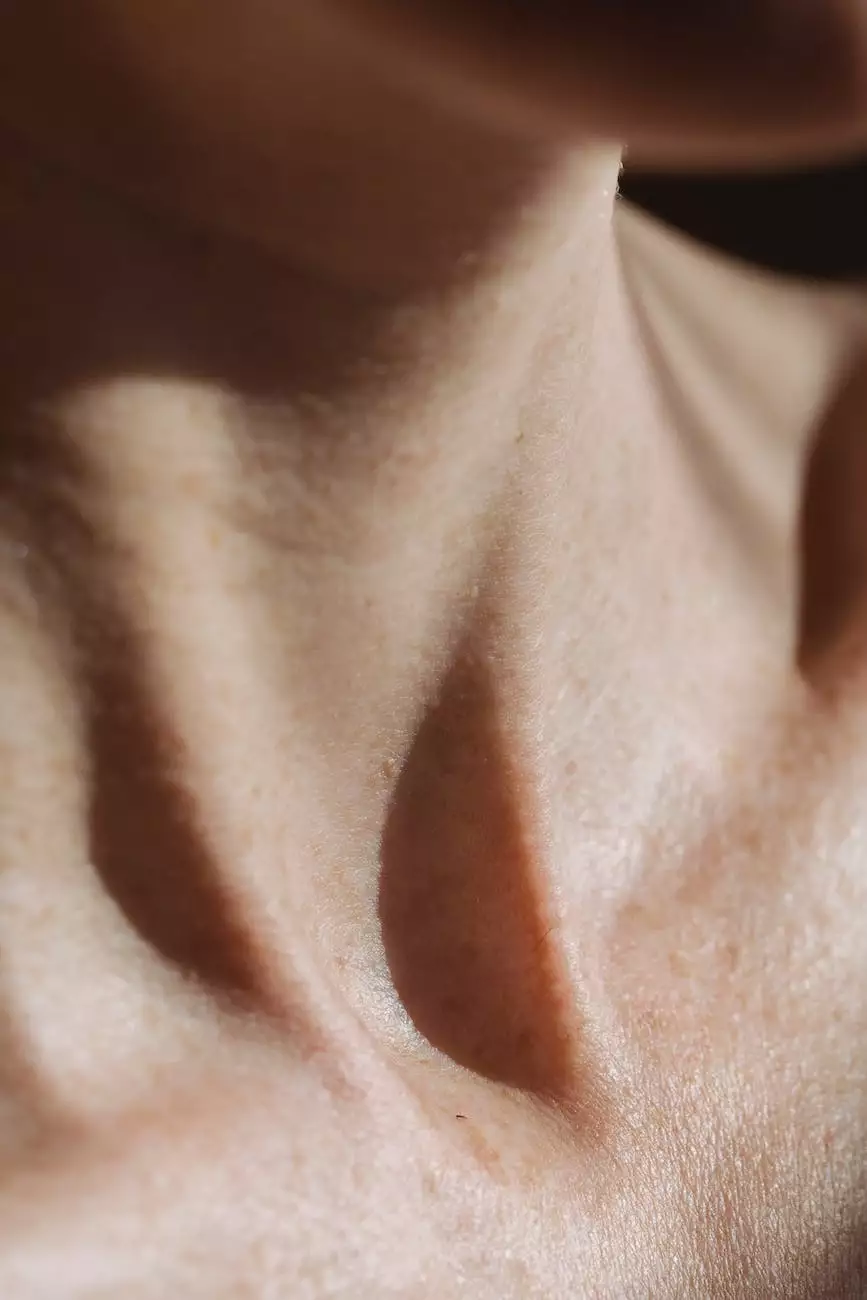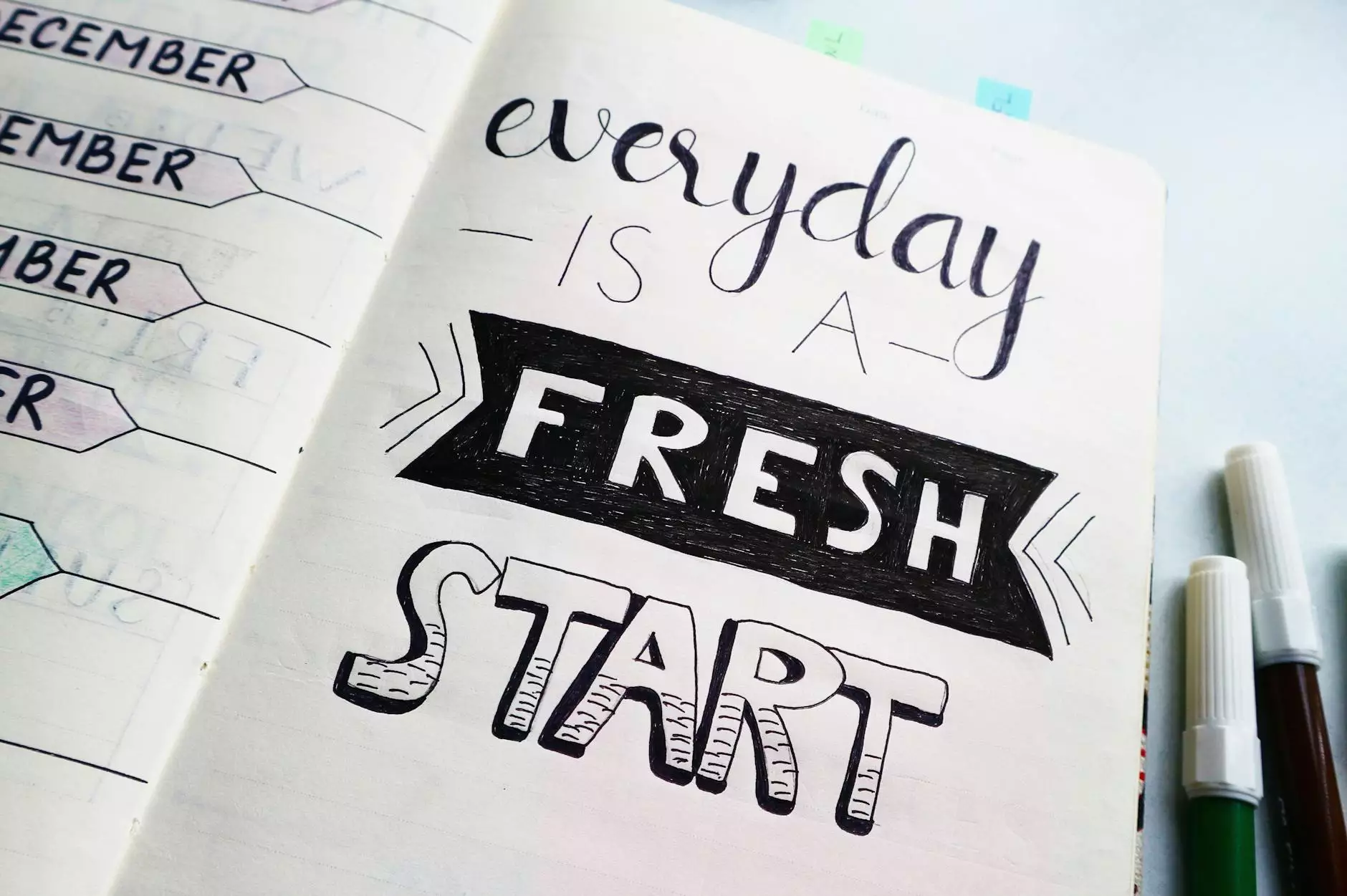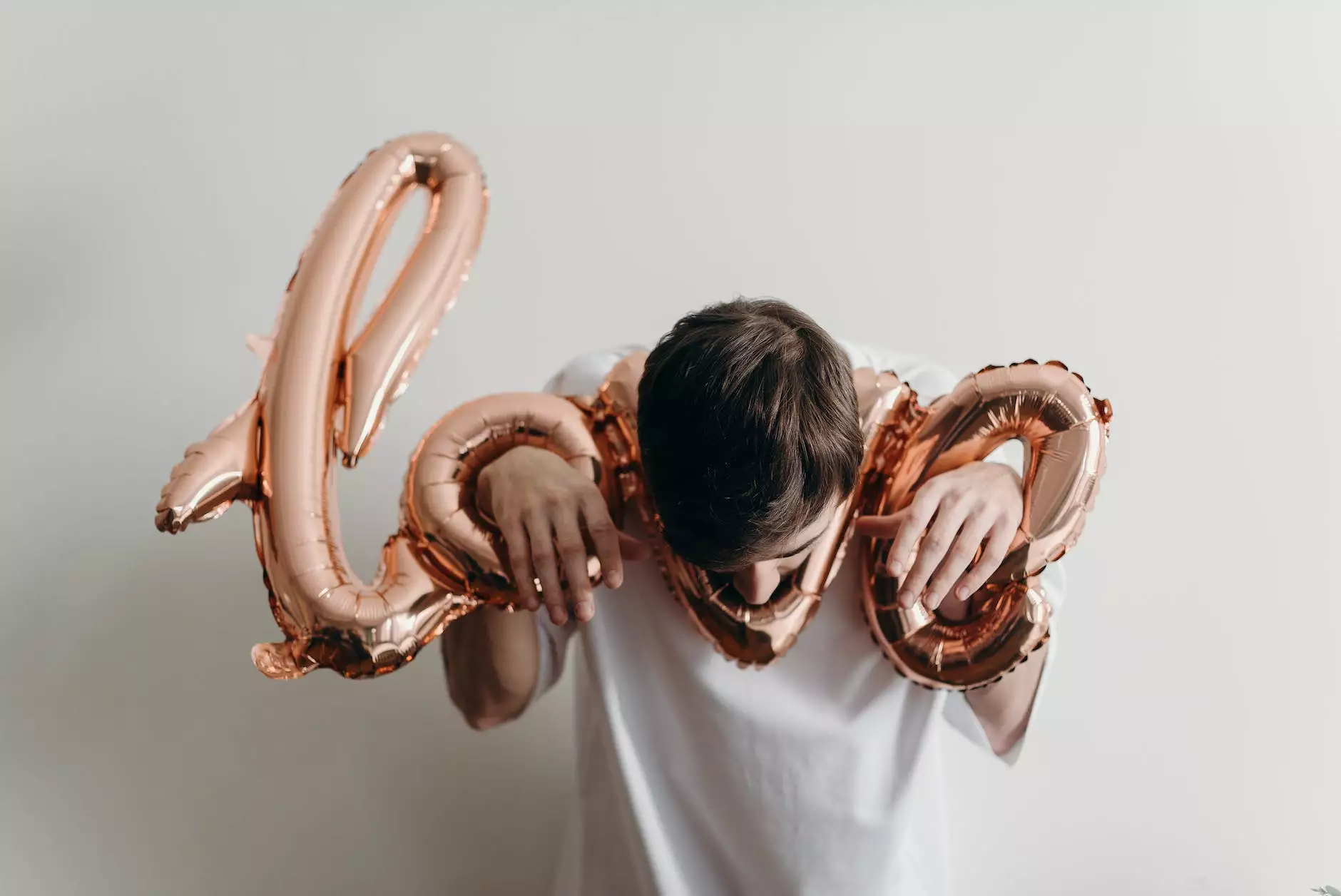Frida Kahlo: The Life Story You May Not Know

The Early Years
Frida Kahlo, born on July 6, 1907, in Coyoacán, Mexico, was a remarkable artist who became an icon in the modern art world. Her captivating paintings and unique style have made her one of the most celebrated artists of the 20th century. However, behind her artistic success lies a life filled with pain, resilience, and self-expression.
Discovering Her Passion for Art
Despite facing numerous challenges, Frida developed a deep love for art from a young age. Her passion for painting blossomed while she was bedridden for months due to a severe bus accident that left her with lifelong injuries and chronic pain. During her recovery period, she turned to art as a form of therapy, using self-portraits as a means of introspection and self-expression.
Embracing Identity and Culture
Frida's work often explored themes of identity, culture, and feminism. She unapologetically celebrated her Mexican heritage through vibrant colors and symbolic imagery, striving to challenge societal norms and expectations. Her powerful artwork became a medium through which she could voice her experiences as a woman and an artist.
Love, Pain, and Diego Rivera
Frida's complex and passionate relationship with renowned muralist Diego Rivera played a significant role in her life and art. The couple's love was intense but also plagued by infidelity and heartbreak. Their tumultuous marriage greatly influenced Frida's work, with many of her paintings reflecting her emotional struggles and the interconnectedness of love and pain.
Exploring Identity and Gender
Frida's iconic image, characterized by her distinctive style, including traditional Mexican attire, bold jewelry, and her unibrow, challenged traditional beauty standards and gender norms. She embraced her uniqueness and used it as a statement against societal conventions, raising important conversations about identity, gender, and individuality.
Political Activism and Social Justice
Beyond her artistic contributions, Frida was actively involved in political activism, fighting for the rights of the working class and indigenous people of Mexico. Her art often exhibited her political ideologies, highlighting the issues faced by marginalized communities and shedding light on social injustices.
Legacy and Impact
Frida Kahlo's impact on the art world and beyond cannot be overstated. Her bold artistic style, combined with her resilience and determination, continues to inspire generations of artists, activists, and individuals alike. Her paintings, which speak volumes about her experiences and dreams, have transcended borders and continue to captivate audiences worldwide.
Conclusion
Frida Kahlo's life story is one of triumph over adversity, self-expression, and unyielding passion. Her art and the challenges she faced remain as powerful reminders of the strength of the human spirit and the transformative power of art. Through her paintings, Frida invites us to delve into her world, to explore our own identities, and to embrace our individuality.




